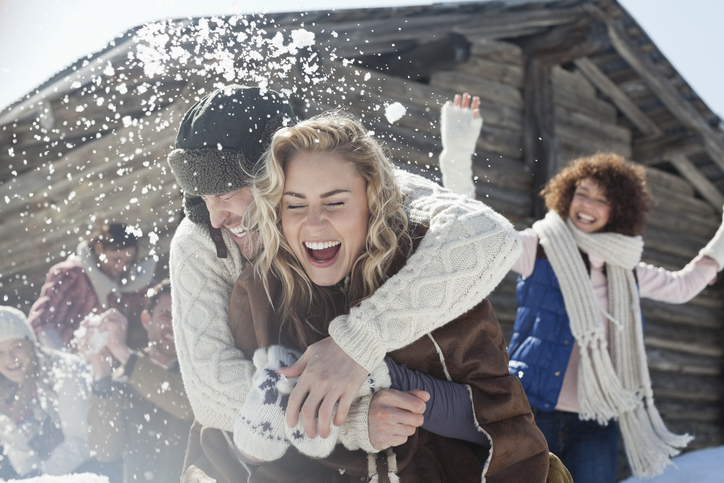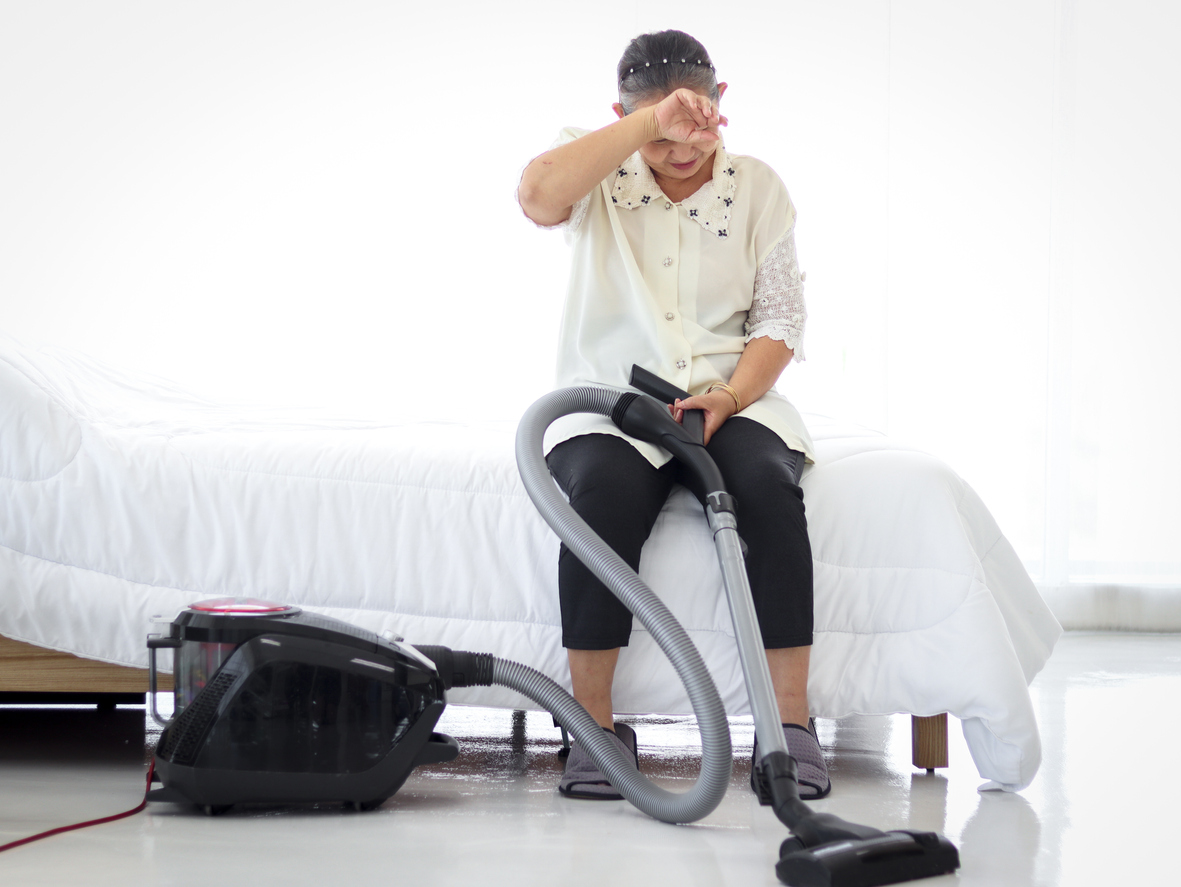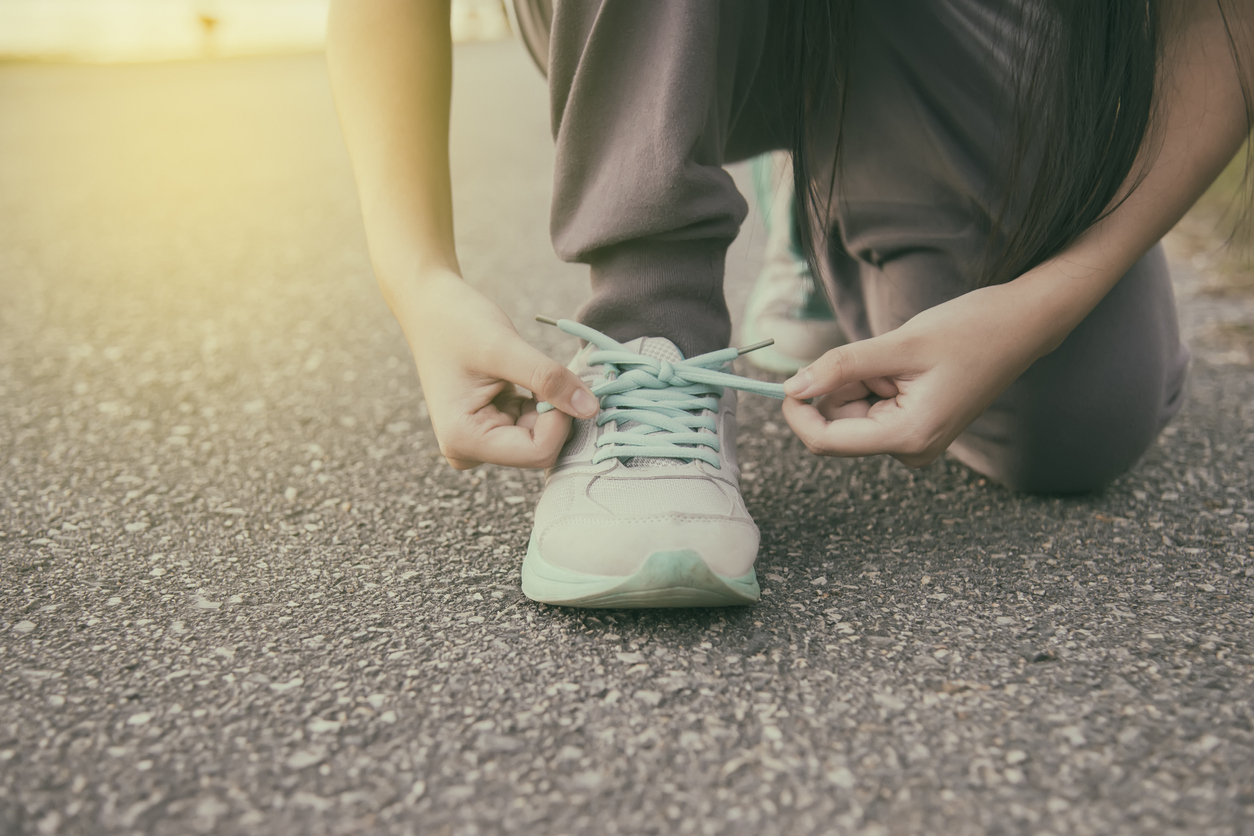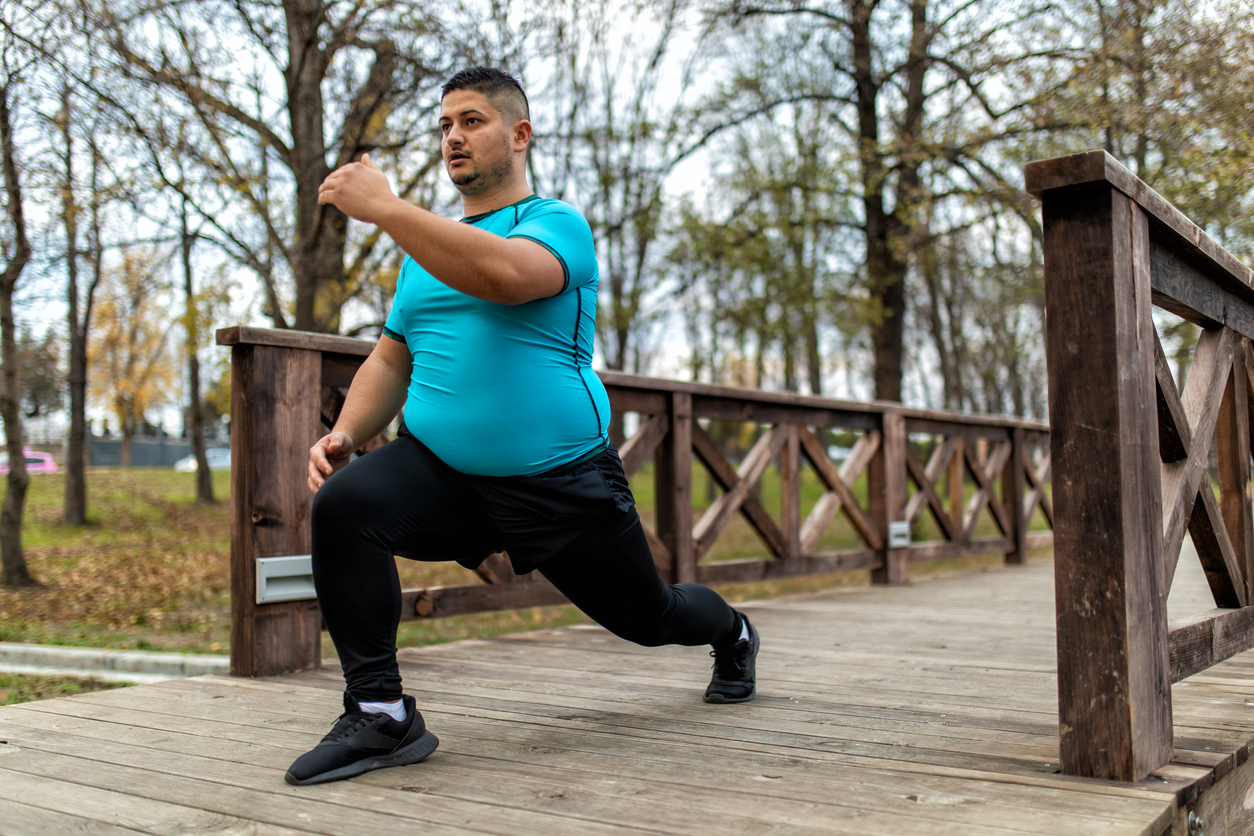Wellness
Outdoor Physical Activity Options During the Winter Months for Individuals With Chronic Pain

The cold, snow-filled winter months are full of fun outdoor physical activities, such as sledding, ice skating, and skiing. However, these activities can be challenging or even impossible for individuals with chronic pain. Cold weather can aggravate some types of chronic pain, such as arthritis, which can make physical activity seem less than desirable. However, physical activity is essential for physical and mental well-being.
Here are some cold-weather physical activities to try and some tips to stay safe and keep pain levels low.
Outdoor physical activities
When considering outdoor physical activities during the winter, go for low-impact activities that are easier on the muscles and joints.
- Walking
When following proper safety precautions, going for a walk does not have to be limited to the spring and summer months. Strolling around the neighborhood to look at holiday decorations or heading to a park to collect pine cones with the kids can be fun outdoor activities. It doesn’t have to be a long walk, a simple stroll to see some Christmas lights will suffice. - Cross-country skiing
Cross-country skiing is a simpler and safer alternative to downhill skiing. It involves using skis and poles to travel across snow-covered flat land. It is excellent for loosening up muscles, strengthening both the upper and lower body, and for improving cardiovascular health. - Snowshoeing
Snowshoeing is similar to cross-country skiing. It is slightly easier because it only involves walking with snowshoes placed over regular shoes or boots. - Playing in the snow
Bundling up with the kids and heading outside to make snow angels or build a snowman is not only fun, it is also good exercise. Laughing and playing can reduce stress, as natural “feel good” hormones are released. Even when one isn’t feeling energetic, just a few minutes outside with the kids can improve mood and mental well-being.
Tips to stay safe and prevent increased pain
Implementing proper safety precautions to prevent increased pain can help make outdoor winter activities both safe and fun.
- Dress appropriately
Dress in layers that can be removed or added as needed. The layer closest to the skin should be moisture-wicking. A layer of fleece or wool should be placed over the layer closest to the skin. If it is raining, snowing, or windy, a water- and wind-repellent layer may also be needed. Be sure to wear a hat, gloves, and proper footwear as well. - Warm up and cool down
Before heading outdoors, do a gentle warm up to loosen up the muscles and joints to help prevent injury or increased pain. Examples include marching in place for a few minutes, doing some gentle squats or lunges, and doing a few arm circles and leg swings. After the outdoor activity, be sure to spend a few minutes indoors doing static stretches. Stretching after physical activity increases flexibility and helps prevent injuries and soreness. - Take safety precautions
Walking on snow and ice can lead to slips and falls. Be sure to wear shoes or boots with good rubber tread. Try to walk in areas where snow and ice have been cleared. Take a cell phone to call for help if needed. - Choose the best time of day
If chronic pain is heightened in the morning hours, plan physical activity for the afternoon or evening. Heading outdoors during the warmest part of the day instead of early morning or late evening can also be beneficial when trying to keep pain levels low. - Stay hydrated
Hydration may not seem as important during months when heat and humidity are not an issue, but it is still essential. The body still sweats and loses fluids during physical activity even in the coldest temperatures. Drink plenty of water before, during, and after physical activity no matter what time of year.
Before beginning any new physical activity, be sure to consult a physician or other medical professional.



















